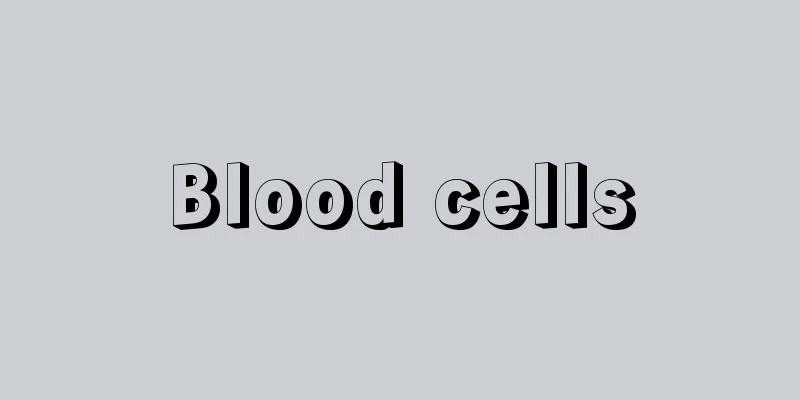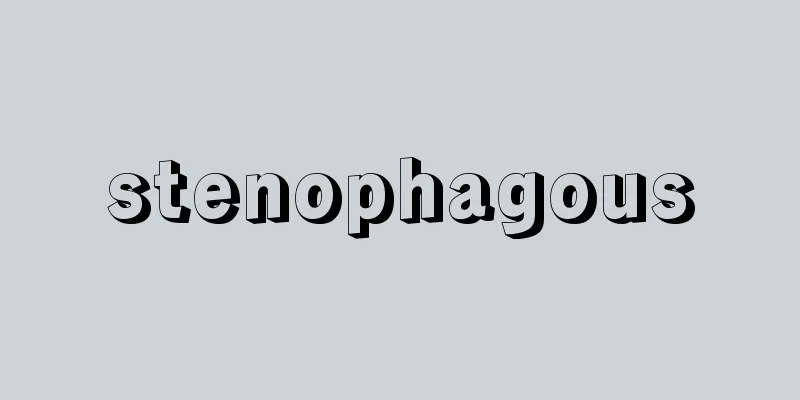Blood cells

|
Cells suspended in blood are broadly classified as red blood cells, white blood cells, and platelets, although white blood cells are a general term for many more types of blood cells. In humans, there are 5 million red blood cells in one cubic millimeter for men, 4.5 million for women, 6,000-8,000 white blood cells, and 250,000-350,000 platelets. (1) Mammalian red blood cells are non-motile, highly specialized cells filled with hemoglobin and lacking nuclei or organelles, except in some animals such as camels. Human red blood cells are disc-shaped with a diameter of about 7 micrometers and concave on both sides. Red blood cells in vertebrates other than mammals are nucleated and mostly elliptical in shape, and in terms of size, in some caudate amphibians, they are about 10 times longer than human red blood cells. Red blood cells are relatively rare in invertebrates, and are found only in animals that have hemerythrin, such as polychaetes and mussels. (2) White blood cells are motile cells that move from the bloodstream into connective tissue and move in an amoeba-like fashion. Types can be identified by their characteristic nuclear shape and granular components. The most important function of white blood cells is to protect the animal body from foreign invaders by producing antibodies and phagocytic motility. White blood cells are classified into granulocytes and agranulocytes, and granulocytes are further divided into three types based on their staining properties: acidophils, basophils, and neutrophils. Agranulocytes include lymphocytes and monocytes, and lymphocytes are relatively small and have a nucleus surrounded by a thin layer of cytoplasm. Lymphocytes include myeloid B lymphocytes (B cells) and thymic T lymphocytes (T cells), which are indistinguishable from the outside, but share roles in the immune response. Monocytes are large cells that move into tissues and become macrophages, while Kupffer cells in the liver, etc., settle on the endothelium of certain organs. Non-mammalian vertebrates also have white blood cells, but not all of them have acidophilic or basophilic granulocytes. Some invertebrate white blood cells contain respiratory pigments. (3) Platelets are cell fragments that break off from megakaryocytes and are necessary for blood clotting. In vertebrates other than mammals, nucleated, spindle-shaped thrombocytic cells correspond to platelets. During development, blood cells appear as blood islands, but in adults, they are produced in the hematopoietic tissue of the bone marrow and released into the blood. However, in marsupials and mice, red blood cells are also produced in the spleen. Red blood cell production increases in response to bleeding, low oxygen pressure, etc., because the hematopoietic tissue is stimulated by a hormone called erythropoietin, which is produced in the kidneys. The life span of a red blood cell in humans is normally around 120 days. [Hiroshi Ooka] [References] | | | | |Source: Shogakukan Encyclopedia Nipponica About Encyclopedia Nipponica Information | Legend |
|
血液中に浮遊している細胞で、赤血球、白血球、血小板に大別されるが、白血球はさらに多くの型の血球の総称である。ヒトでは1立方ミリメートル中に、赤血球数は男500万、女450万、白血球は6000~8000、血小板は25万~35万である。 (1)哺乳(ほにゅう)類の赤血球は非運動性の非常に特殊化した細胞で、ヘモグロビンで満たされ、ラクダなど一部の動物を除いて核や小器官を失っている。ヒトの赤血球は両面がへこんだ直径約7マイクロメートルの円板形である。哺乳類以外の脊椎(せきつい)動物の赤血球は有核で、楕円(だえん)形のものが多く、大きさの面でもある種の有尾両生類ではヒトの赤血球の10倍ほどの長さをもつ。無脊椎動物では赤血球は比較的まれで、多毛類、シャミセンガイなどヘムエリトリンをもつ動物だけにみられる。 (2)白血球は運動性の細胞で、血流から結合組織中に出てアメーバ状に運動する。核の形、顆粒(かりゅう)成分などに特徴があって種類の識別ができる。白血球の機能のうちもっとも重要なものは抗体産生および食細胞運動によって外部からの侵入者に対して動物体を保護することである。白血球は顆粒球と無顆粒球とに分類され、顆粒球はさらにその染色性から、酸好性、塩基好性、中性好性の3種に分けられる。無顆粒球にはリンパ球と単球が含まれ、リンパ球は比較的小さく核が細胞質の薄い層によって包まれている。リンパ球には骨髄性のBリンパ球(B細胞)と胸腺(きょうせん)性のTリンパ球(T細胞)があり、見たところ区別できないが、免疫反応における役割の分担をしている。単球は大形の細胞で組織中に出てマクロファージ(大食細胞)となり、肝臓のクッパー細胞などでは特定の器官の内皮に定着する。哺乳類以外の脊椎動物にも白血球が存在するが、酸好性や塩基好性の顆粒球をもたない動物もある。無脊椎動物の白血球には呼吸色素を含んでいるものもある。 (3)血小板は巨核細胞からちぎれて生じた細胞片で、血液凝固に必要である。哺乳類以外の脊椎動物では有核で紡錘形のトロンボ細胞(栓球)が血小板にあたる。 血球は発生の途中で血島として出現するが、成体では骨髄の造血組織でつくられ、血中に放出される。しかし有袋類やマウスでは脾臓(ひぞう)でも赤血球がつくられる。赤血球の生産は出血、低酸素圧などに反応して増加するが、これは腎臓(じんぞう)で生産されるエリスロポエチンというホルモンによって造血組織が刺激されることによる。赤血球の寿命はヒトでは普通120日ぐらいである。 [大岡 宏] [参照項目] | | | | |出典 小学館 日本大百科全書(ニッポニカ)日本大百科全書(ニッポニカ)について 情報 | 凡例 |
Recommend
S pole - S pole
...The force (magnetic force) acting between magn...
bluebell
…It is widely distributed in Siberia, Central Eur...
threne dye
...A general term for vat dyes that are based on ...
Higashimokoto [village] - Higashimokoto
A village in Abashiri County, Abashiri Subprefectu...
Omi Genji Senjinyakata
Joruri Gidayubushi. Historical piece. 9 acts. Col...
Senshu University
Private school. It originated as a two-year night...
Akilaria - Akilaria
…Frankincense and myrrh are lumps of fragrant, ru...
Wallas, Graham
Born: May 31, 1858, Sunderland [Died] August 9, 19...
Hemichorea - Hemichorea
… [Other chorea] In addition to the above, sympto...
abyssal zone
In marine biology, the deep sea refers to a depth...
Engyu - Engyu
…It is located at almost the same latitude as Mor...
Ikuta Kengyo
Year of death: 14th June 1715 (14th July 1715) Yea...
Homologous series - dodokuretsu (English spelling)
A group of organic compounds that have the same s...
Oni Mitsuba - Oni Mitsuba
…A perennial plant of the Umbelliferae family tha...
Flaherty
American documentary filmmaker. His works include ...









